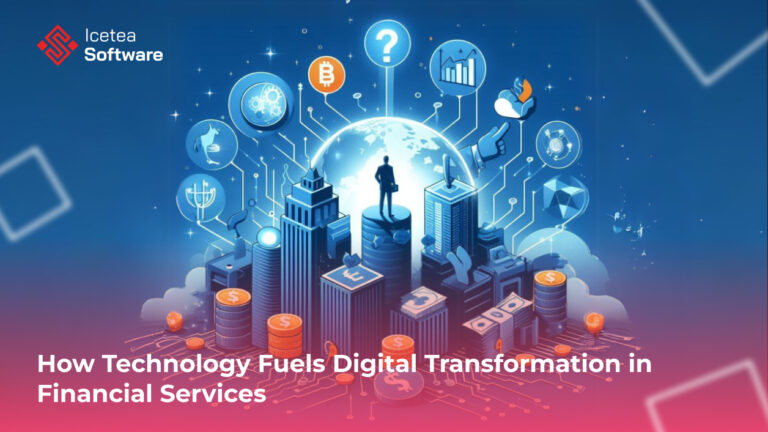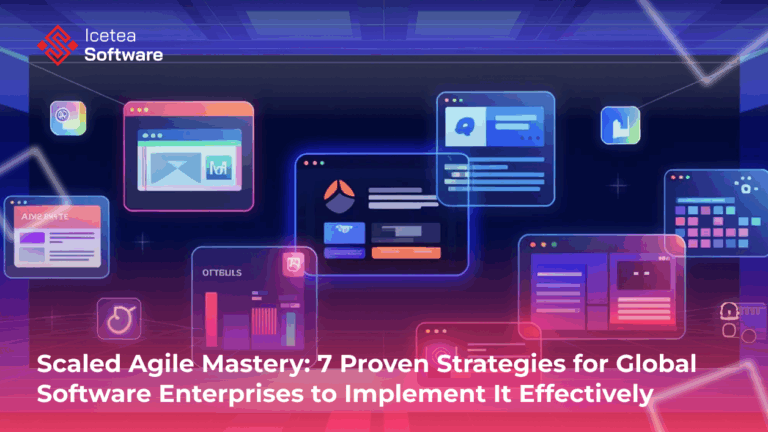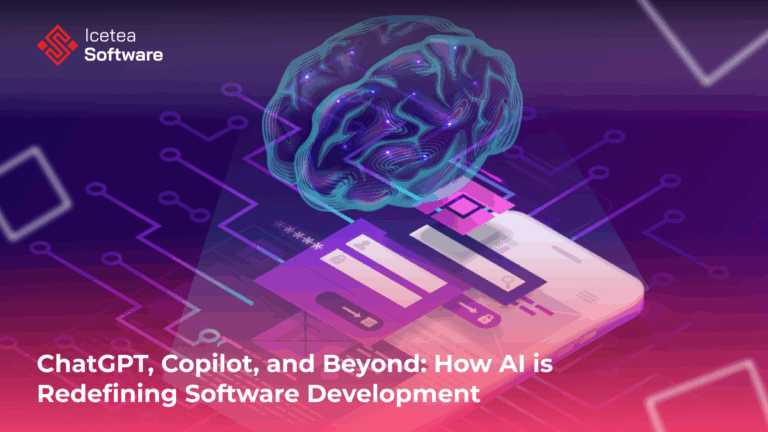Chatbots vs Humans: 4 Powerful Approaches to Strike the Perfect Support Balance

In today’s hyper-connected world, customer expectations are higher than ever. People want instant answers, personalized experiences, and seamless support—all while interacting on their own terms, across channels and time zones. This growing demand has pushed businesses to rethink their customer service models, often turning to AI-powered chatbots for scalability and speed. But where do human advisors fit into this equation?
Striking the right balance between AI efficiency and human empathy has become one of the most critical customer service challenges of the digital era. This blog will explore the strengths and limitations of AI-driven chatbots and human advisors and uncover how businesses can strike the right balance to deliver exceptional customer service.
The Rise of AI Chatbots in Customer Support
AI-driven chatbots have evolved far beyond simple scripted responses. Today’s bots use natural language processing (NLP) and machine learning (ML) to understand user intent, engage in contextual conversations, and even predict customer needs. Ideally, chatbots would effectively respond to 80% of consumer questions, with human agents providing individualized and sympathetic assistance for the remaining 20%. This seamless integration improves client satisfaction while cutting down on response times. Furthermore, rather than being afraid of being replaced, representatives are welcoming AI’s role in enhancing their work as they become more aware of its advantages. Some key advantages include:
- Round-the-Clock Support: Chatbots operate continuously, ensuring customers receive immediate assistance regardless of time zone or hour.
- Unlimited Scalability: A single chatbot can manage thousands of interactions at once, delivering a level of support volume that far exceeds human capabilities.
- Fast and Efficient Responses: AI bots quickly access data and resolve common inquiries within seconds, streamlining customer interactions.
- Lower Operational Costs: By automating repetitive tasks and handling routine questions, chatbots significantly ease the burden on support teams and reduce overall service expenses.
Whether it’s tracking orders, resetting passwords, or answering policy questions, chatbots can free up human agents to focus on more complex issues.
The Human Touch: Why Advisors Still Matter
The digital customer experience industry has unquestionably undergone a change thanks to AI and chatbots, which promise more individualized encounters and better efficiency. But when companies figure out how to include AI into their customer service plans, the question is raised: Have we really lived up to the promise that AI will transform the customer experience?
Customers have conflicting opinions about using chatbots vs human support, according to recent research. For “immediate service,” chatbots are marginally preferred over human workers, by a slim margin of 51%. However, research shows that when compared to interactions with human agents, consumers often show less trust in chatbot services.
Here’s why human agents are still essential:
- Emotional Intelligence: Humans can pick up on tone, frustration, and urgency in ways that AI often can’t.
- Complex Problem Solving: When issues don’t follow a predefined script, human advisors can think critically and act accordingly.
- Relationship Building: In industries like healthcare, finance, or luxury services, a real connection can build loyalty and trust.
- Handling Exceptions: When systems fail or policies need interpretation, human decision-making becomes crucial.
The ability to reassure, empathize, and take ownership in a difficult moment is something AI may never fully replicate.
The Hybrid Model: Best of Both Worlds
Today’s customer service landscape leads businesses to understand that success doesn’t come from choosing between AI and human agents—it comes from integrating both seamlessly. This hybrid approach leverages the speed, scalability, and automation of AI-driven chatbots while preserving the critical human elements of empathy, complex problem-solving, and relationship-building.
Tiered Support:
AI chatbots handle routine queries like FAQs, order tracking, or account info, freeing human agents to focus on complex issues, complaints, or emotionally charged situations where empathy and critical thinking are essential.
Seamless Handoffs:
Effective systems ensure that when a chatbot escalates a case, it passes full conversation history and context to the human agent—eliminating the need for customers to repeat themselves and enhancing service continuity.
AI-Enhanced Human Agents:
Even during human-led interactions, AI assists by suggesting responses, summarizing past interactions, and automating repetitive tasks—allowing agents to resolve issues faster and focus on customer engagement.
Continuous Improvement:
Data from both AI and human interactions feed into a feedback loop, helping refine chatbot accuracy, expand automation capabilities, and improve agent training—ensuring service evolves with customer needs.
Real-World Results of Balanced AI-Human Support
Setting up a chatbot is simple, and individuals can focus on more urgent business concerns. However, to improve consumer happiness and the bottom line, we must take precautions against the negative effects of chatbots. This entails striking the ideal balance between utilizing chatbots and depending on interpersonal communication.
eCommerce & Retail
AI chatbots handle order tracking, product inquiries, and FAQs, while human agents manage returns, complaints, and personalized shopping assistance. This balance improves customer satisfaction and operational efficiency during high-traffic periods like sales seasons.
Banking & Fintech
Banks use AI for routine tasks like balance checks, transaction histories, and password resets. However, fraud detection, loan consultations, and investment advice are escalated to human advisors to ensure trust, compliance, and nuanced financial guidance.
Healthcare
AI-driven bots assist with appointment scheduling, pre-screening, and general health information. For diagnosis, treatment discussions, or emotional support, human healthcare professionals step in, ensuring empathy and expert decision-making.
Travel & Hospitality
Chatbots manage booking confirmations, itinerary changes, and check-in processes. Complex issues like cancellations, special accommodations, or customer grievances are handled by human agents to deliver personalized guest experiences.
Telecommunications
AI supports customers with billing inquiries, data usage tracking, and service activations. When it comes to technical troubleshooting, contract negotiations, or service disputes, human representatives provide detailed assistance.
Insurance
AI speeds up claim status updates, policy information, and quote generation. However, claims disputes, complex underwriting, and customer retention strategies rely on human advisors for empathy and tailored solutions.
Education & EdTech
AI chatbots handle course registrations, FAQs, and scheduling queries. For academic counseling, personalized learning support, or conflict resolution, educators and advisors provide the necessary human interaction.
Real Estate & Property Management
Bots assist with property listings, appointment bookings, and answering common tenant questions. Human agents handle negotiations, legal queries, and personalized property consultations.
By integrating chatbots into workflows rather than replacing human touchpoints, businesses can scale smarter while still offering a personalized, empathetic experience.
Final Thoughts
As AI continues to evolve, we’ll likely see even smarter bots that can better understand intent, emotion, and context. However, automation brings speed, scalability, and efficiency, while human agents offer empathy, critical thinking, and personalized care—both are essential components of a modern support strategy.
At Icetea Software, we specialize in designing and implementing hybrid customer service solutions that seamlessly integrate AI technologies with human expertise. Our approach goes beyond just deploying chatbots — we help businesses build intelligent, adaptive systems that enhance agent productivity. Whether you’re looking to automate routine inquiries, empower your support team with AI-driven insights, or ensure smooth transitions between bots and humans, Icetea Software delivers tailored solutions that align with your unique business goals.
As customer expectations continue to rise, the companies that will thrive are those that embrace this synergy—leveraging AI for efficiency while preserving the human touch where it matters most. Partner with Icetea Software to unlock the full potential of your customer service operations and create experiences that are not only faster but smarter, more personal, and truly customer-first.
————————–
𝗜𝗰𝗲𝘁𝗲𝗮 𝗦𝗼𝗳𝘁𝘄𝗮𝗿𝗲 – Cutting Edge Technologies!
Website: iceteasoftware.com
LinkedIn: linkedin.com/company/iceteasoftware
Facebook: Icetea Software







